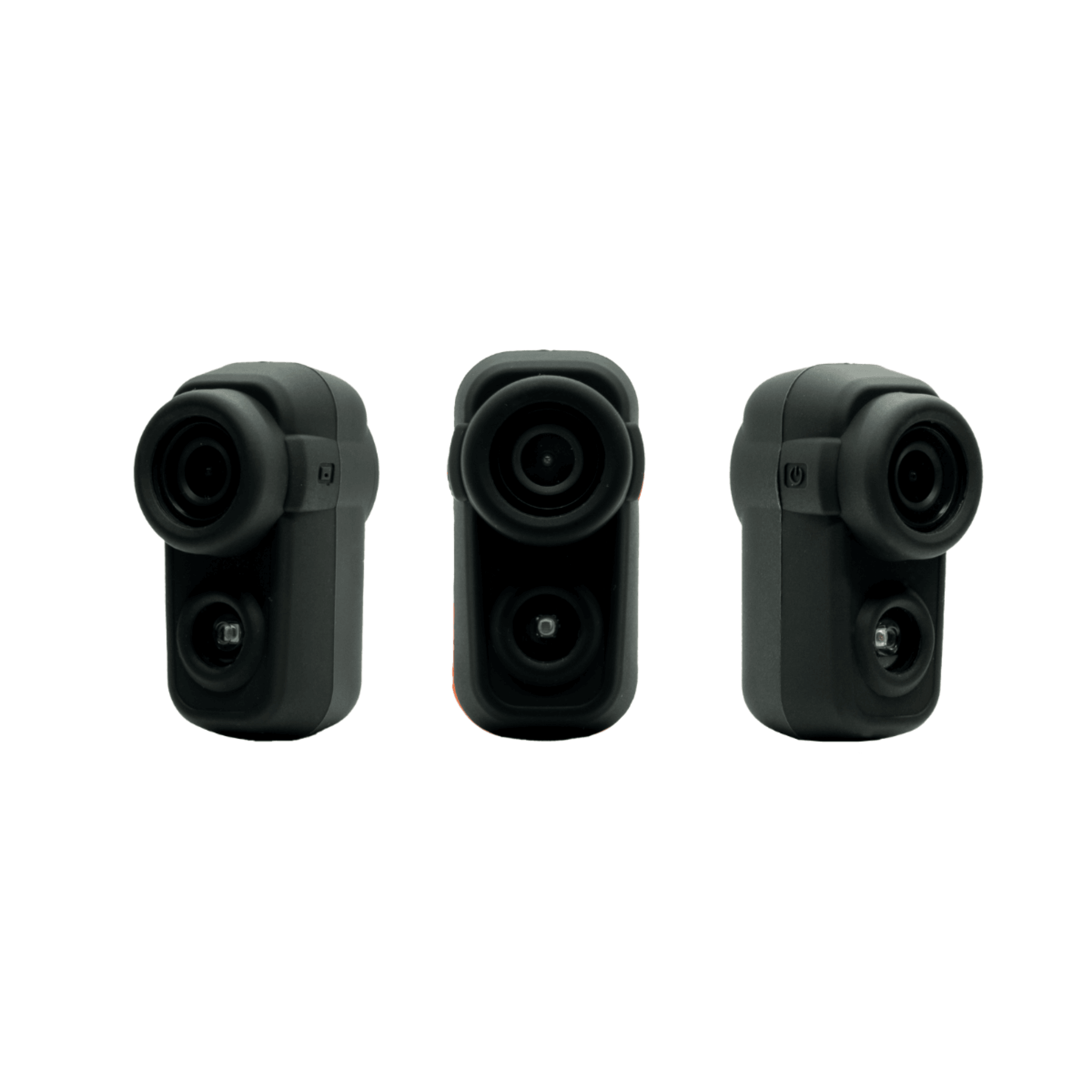Going back to the Covid-19 pandemic in 2020, there was a drastic increase in the demand for bicycles, greatly due to the heightened anxiety over the usage of public transportation as well as the surge in exercise. This has led to many choosing to use bicycles as their form of mobility and seeing a great increase in the sales and manufacturing of bicycles. With this "boom" in this industry, it is vital to be mindful of the impacts it has on the environment.
The circular economy is a solution framework that ensures that products and materials are kept in circulation at their highest value for as long as possible, essentially an approach that can be used to address and tackle global issues including climate change, pollution, and loss of biodiversity (EPA, 2022). As opposed to the more common current approach, the linear economy, whereby the resources are mined and manufactured into goods & products and in turn becoming waste, the circular economy is instead an approach used to reuse, reduce, recycle, and redesign materials and products, aiming to be as less resource intensive as possible, also while keeping waste to minimum.

Figure 1: Linear Economy vs Circular Economy (Source: Safety Culture, 2022)
As seen in the figure above, it is evident that the linear and circular economies are fundamentally different. To put it simply, in a linear economy we mine raw materials that we process into a product that is thrown away after use. In a circular economy, the cycles of all these raw materials are closed. Suggestive of its name, the circular economy closely follows the 3R Principle, of Reusing, Reducing and Recycling as a basis. However, with that, it is imperative to note that the circular economy is more than just this and it changes the way these materials are created, valued, and preserved as well as how production is redesigned to be made more sustainable. In short, reducing waste and adopting a circular economy approach will benefit the environment and create economic opportunities.
Why adopt a Circular Economy?
There are several reasons why the circular economy is better and is more advantageous as compared to the current linear economy. The linear economy is so much more wasteful and harmful to the biodiversity of earth. The production and disposal of these goods are all at the disposal of the productivity of the environment and ecosystems. This is an ecological disadvantage as it jeopardises the provision of essential ecosystem services, such as water, air, and soil cleaning (Michelini, Moraes et al., 2017).

Figure 2: Differences between a Linear and Circular Economy
Adopting the circular economy framework over the linear economy one has many advantages, both environmental and economic. One evident advantage would be that greenhouse gas emissions will be reduced substantially globally. Currently, 62% of global greenhouse gas emissions come from the extraction, processing, and production of goods to meet society’s needs and only 38% are emitted in the supply and use of products and services (Circle Economy, 2019). According to SITRA (2018), should the circular economy become a reality, emissions from industry in the European Union alone would fall by 56% by 2050.
Circular Economy in Cycling
Cycling is a relatively sustainable mode of transportation, as compared to cars and trains, but how sustainable is the design of the bike itself? Today, when manufacturing bicycles, most bike brands rely on the linear economy business model, whereby as seen from Figure 2 above, it places a greater focus and emphasis on selling more products, which may be only suitable for short term usage. Additionally, there is a carbon footprint that will be attached to the manufacturing, transportation, sales of bicycles.
According to Rethink Global (2022), to adopt a circular business model in the cycling industry and minimizing the impact of great carbon footprint produced in this industry, there are a number of things that cycling brands should take note of:
Ensure that bikes are designed in a way so that, at the final end of life, all raw materials can be separated and reused, to create a closed-loop, circular supply chain.
- To minimise the transport footprint, source materials and components close to where the bike is made.
- Choose materials for the parts of bicycle (including tyres, grips, and pedals) that are easy to separate and reprocess at the end of life, so as to maintain the value of the material.
- To remove the need to use finite resources, aim for 100 per cent reused materials.
Here at Bikers.SG, we contribute and help our environment to thrive by doing whatever we can that is within our control, like by encouraging and adopting sustainable & eco-friendly packaging.
References
https://www.sciencedirect.com/science/article/pii/S2212827117301567?via%3Dihub
https://ellenmacarthurfoundation.org/topics/circular-economy-introduction/overview
https://www.epa.gov/recyclingstrategy/what-circular-economy
https://www.circularity-gap.world/
https://www.sitra.fi/en/publications/circular-economy-powerful-force-climate-mitigation/
https://kenniskaarten.hetgroenebrein.nl/en/knowledge-map-circular-economy/ce-environmental-benefits/
https://www.towardszerowaste.gov.sg/circular-economy/
https://www.rethinkglobal.info/circular-economy-bicycle-design/








